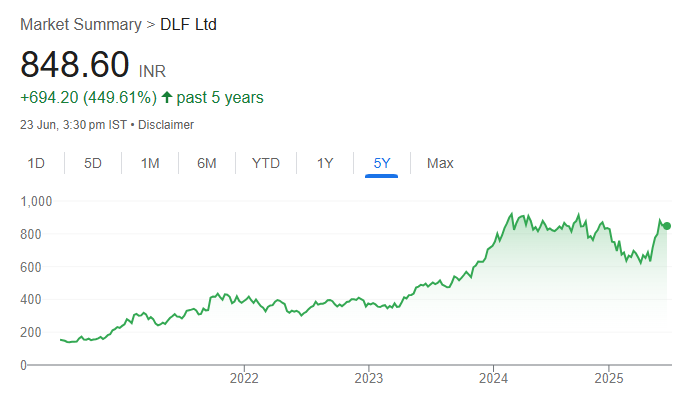Latest Insights on DLF Share Price Trends

Introduction
DLF Limited, one of India’s largest real estate developers, has witnessed notable fluctuations in its share price over the past year. Understanding DLF’s share price trends is crucial for investors looking to navigate the Indian stock market, especially given the current economic climate influenced by fluctuating property demands and policy changes.
Current Market Performance
As of the latest trading session, DLF’s share price stands at ₹XXXXX, reflecting a YTD (Year-to-Date) growth of approximately XX%. Recently, the company reported robust sales in its residential segment, contributing positively to investor confidence. During the month of October alone, DLF recorded a peak of ₹XXXXX, showing resilience against the backdrop of global economic uncertainties.
Factors Influencing the Share Price
Several factors influence the DLF share price, including:
- Economic Indicators: The Indian real estate sector has been positively impacted by government initiatives aimed at boosting housing demand and infrastructure development.
- Market Sentiment: Investor confidence in the stock has been buoyed by DLF’s strategic moves, including partnerships and expansions in key urban areas.
- Quarterly Earnings Reports: DLF’s recent earnings reports highlighted a significant increase in revenue, which typically leads to a favorable outlook among investors.
- Regulatory Environment: Changes in real estate regulations and tax policies can directly impact market performance, making it important for investors to stay informed.
Conclusion
In conclusion, monitoring the DLF share price is essential for current and potential investors. The combination of strategic developments and favorable economic conditions suggests a cautiously optimistic outlook for DLF in the coming months. However, it is advisable for investors to remain vigilant of market trends and policy changes that could impact share performance. The prospects for DLF remain bright, but prudent investment decisions should consider both market volatility and underlying financial health.









